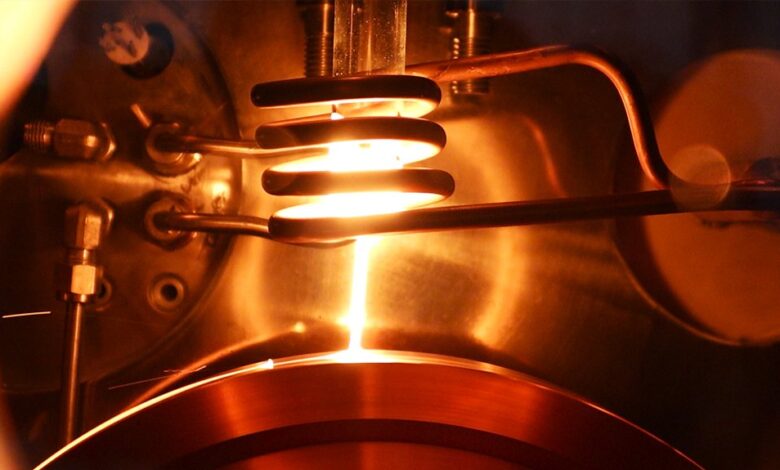Artificial intelligence used to eliminate need for rare earth in permanent magnets

JOHANNESBURG (miningweekly.com) – Discovering new materials has historically been slow. Now AI is making it possible to discover a material entirely computationally and have that verified experimentally.
An example of this is AI being used to create a permanent magnet that does not contain any rare earth – and this is just the start, Materials Nexus chief technical officer and co-founder Robert Forrest outlined to Mining Weekly in a Zoom interview. (Also watch attached Creamer Media video.)
Materials Nexus has much wider ambitions than permanent magnets. The company has a diverse pipeline of material candidates and a will to accelerate the transition towards the net zero economy globally.
Rare earth elements have to be found, mined and processed, which takes time. Using an AI-based materials discovery platform enabled the rare earth-free permanent magnet to emerge in three months.
Mining Weekly: What proof can you put forward that your rare-earth-free MagNex permanent magnet is a genuine permanent magnet?
Forrest: As part of the work that we’ve done on magnets, we’ve worked with experimental collaborators at the University of Sheffield and the Royce Institute. They performed measurements of the composition and it does meet the kind of standard criteria that you’d expect to see with a permanent magnet. This is also backed up by the detailed quantum mechanical modelling of the composition that we did prior to the experimental work.
How financially competitive is MagNex and is it proving itself in the field?
We predict that it’s going to be around 50% cheaper per kilogram than it is to get access to neodymium-based magnets. Access to a 50% cheaper component with performance that matches what you need makes the resulting technologies that you’re building far cheaper and more readily available. You’ll have the ability to make more wind turbines, more electric vehicles, and get those out to the market at a far faster rate, a rate that’s closer to what we need it to be for the transition to the net zero green economy to be successful and actually help us defeat climate change and save the planet.
Materials Nexus states in its media release that demand for rare earth magnets is expected to outpace the supply in the coming years; in the EV industry alone, the use of rare earth magnets is set to increase up to tenfold by 2030. However, the rare earth metals required to produce these magnets, such as neodymium and dysprosium, are vulnerable to a number of supply chain issues.
The company states that its systematic approach can be directed at other high-value areas in the green transition, such as semiconductors, superconductors and catalysts. As a result, material discovery is intentional, cheaper, faster, and more environment friendly than ever before.
“AI-powered materials design will impact not only magnetics but also the entire field of materials science,” Materials Nexus CEO Dr Jonathan Bean predicts.



